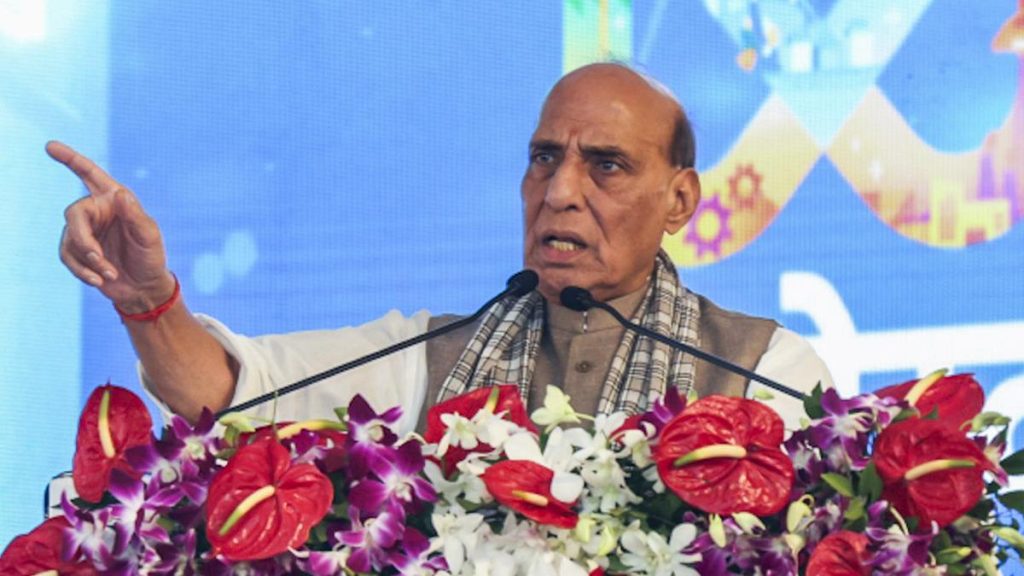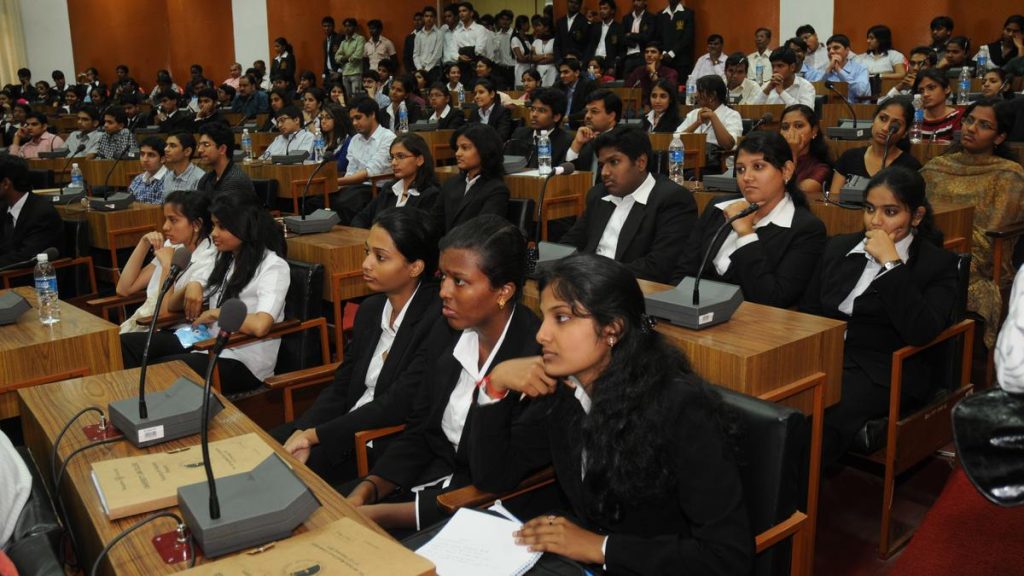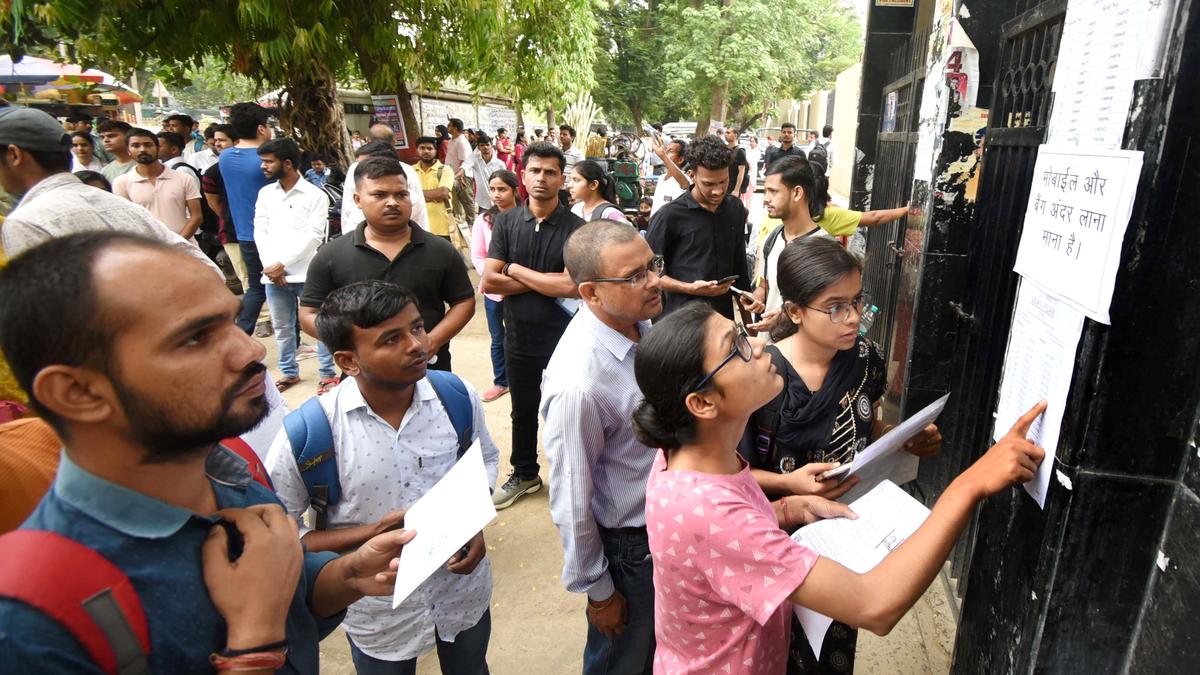Now Reading: **BRS Criticizes Vehicle Life Tax Hike, Calls It Burden on Middle-Class and Poor**
-
01
**BRS Criticizes Vehicle Life Tax Hike, Calls It Burden on Middle-Class and Poor**
**BRS Criticizes Vehicle Life Tax Hike, Calls It Burden on Middle-Class and Poor**

Rapid Summary:
- Telangana State Government has increased the life tax on vehicles, raising concerns about its impact on middle- and lower-income families.
- former minister and BRS leader T.Harish Rao criticized the tax hike, calling it oppressive and a financial burden on common people.
- Life tax rates were raised:
– Two-wheelers above ₹1 lakh: from 12% to 15%, adding ₹3,200 per vehicle.
– Cars priced between ₹10-₹20 lakh: increased from 17% to 18%, adding around ₹20,000 per vehicle.
– Above ₹20 lakh-priced cars: tax rose by an additional 2%.
– Vehicles over ₹50 lakh saw an increase of up to 3%.
- Commercial vehicles above ₹20 lakh saw their taxes raised from 20% to as high as 25%.
- Mr. Rao stated that the overall tax hike would extract over ₹1,000 crore from Telangana citizens and lead to higher market prices for goods and services due to increased costs for transport vehicles.
- he also criticized Congress-led government policies like road management under HAM (Hybrid Annuity Model), alleging that private ownership plans disguised as development projects are resulting in unjustified financial pressures.
Link for read more: Published – August 14 , 2025 09:32 pm IST
Indian Opinion Analysis:
The recent life tax hikes have sparked controversy due to their impact on everyday livelihoods in Telangana. While governments often use taxation as a revenue-generation tool for public projects or policy goals, increases must be balanced against affordability for citizens-notably lower-income groups who rely heavily on budget-friendly two-wheelers or small cars. The cited rise in costs disproportionately affects farmers, daily wage workers, and small business owners relying on these essential modes of transport.
Additionally, commercial transportation taxes could indirectly escalate the cost of goods due to elevated logistics expenses-a ripple effect worth monitoring closely within market dynamics across the state’s economy. Public opposition could increase if citizens feel inadequately informed about why such measures were taken or insufficiently compensated through visible infrastructure improvements associated with HAM initiatives.
Ultimately, how transparent governance is regarding revenue utilization will play a critical role in resolving any trust deficit this decision may create among voters. Policymakers might need more dialog addressing concerns surrounding affordability vs developmental ambitions.
Link for read more: Published – August 14 , 2025 09:32 pm IST























